Pretty much anything you want! You can animate every scene element and most of their parameters — in effect, if a parameter exists on a property page, it can probably be animated. The only thing you can't animate are global rendering options!
Animatable parameters fall into four categories:
Motion: Probably the most common form of animation, this involves displacing an object from one point to another, or rotating it.
Geometry: You can animate an object's structure by changing values such as U and V subdivision, radius, length, or scale. You can also use surface deformations and skeletons to bend, twist, and contort your object.
Appearance: Material, textures, visibility, and transparency are just some of the parameters controlling appearance that can be changed over time.
How Do You Animate in Softimage?
Softimage provides you with many choices of tools and techniques for animating: it's up to you to explore and decide which tool lets you animate in the most effective way.
In most projects you have, you will probably use a combination of a number of these tools together to get the best results. For example, you can animate at the lowest level by keyframing a specific parameter, then animate at a high level by saving the animation in an action source and mixing it with other animation in the animation mixer.
Basically, if you want to make it move, Softimage has the tools.
Softimage's most basic method of animation is keying. You set parameter values at specific frames, and then set keys for these values. The values for the frames between the keys are calculated by interpolation, resulting in a function curve (fcurve). You can then edit the keys in the timeline or dopesheet, or edit the fcurves in the fcurve editor.
See these chapters for more information:
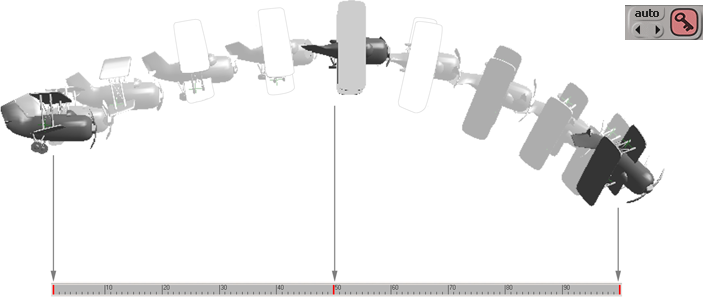
There are several tools that let you create animation relationships between objects at the lowest (parameter) level. These include path animation, constraints, linked parameters, expressions, and scripted operators.
See these chapters for more information:
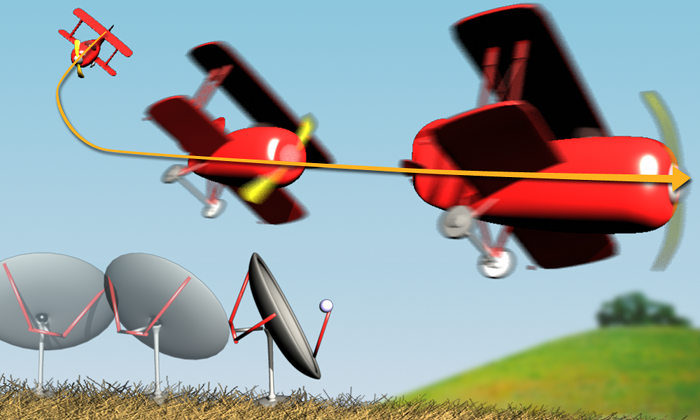
The character animation tools offer you control for creating and animating skeletons, which are hierarchies of chains. You can animate skeletons with forward or inverse kinematics or mocap data, add an enveloping model and weight it, set up a rig, and fine-tune the skeleton's movements in a myriad of ways to get just the right motion.
See Character Animation for more information.
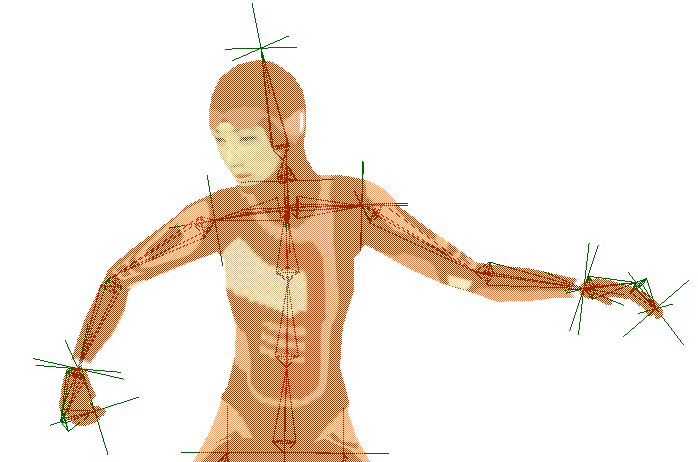
Softimage® Face Robot® allows you to easily rig and animate humanoid faces, including creating lip sync animation. You can quickly set up a face rig by going through several defined stages. Once you have a face rig, you can animate the facial controls with either mocap or keyframes, then sculpt and tune the facial tissue.
See Face Robot for more information.

Image Courtesy of Blur Studios
Shape animation lets you can change the geometry of an object over time. To do this, you deform the object into different shapes using any type of deformation tool, then store shape keys for each pose that you want to animate.
See Shape Animation for more information.
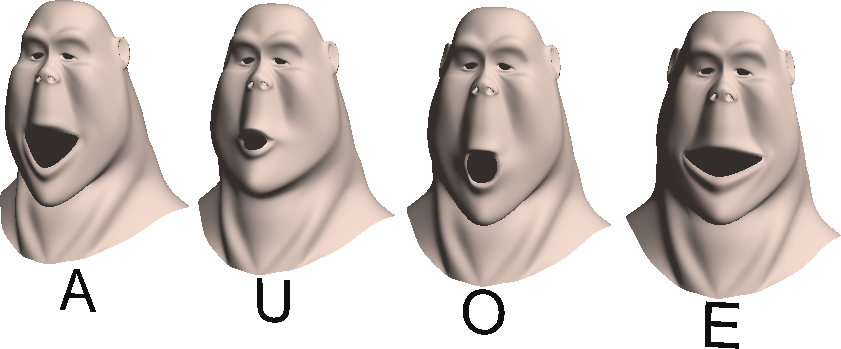
Nonlinear Animation with the Mixer
The animation mixer is a powerful editing tool that is that is nonlinear and non-destructive, similar to a video editing tool. Although you can edit, mix, and reuse animation at a high level, you always have control over the details.
Any type of animation that you create can be stored and reused later, on the same or a different model. As well, you can mix different types of animation together and determine their weighting against each other, or synchronize animation with audio.
See Nonlinear Animation in the Animation Mixer for more information.
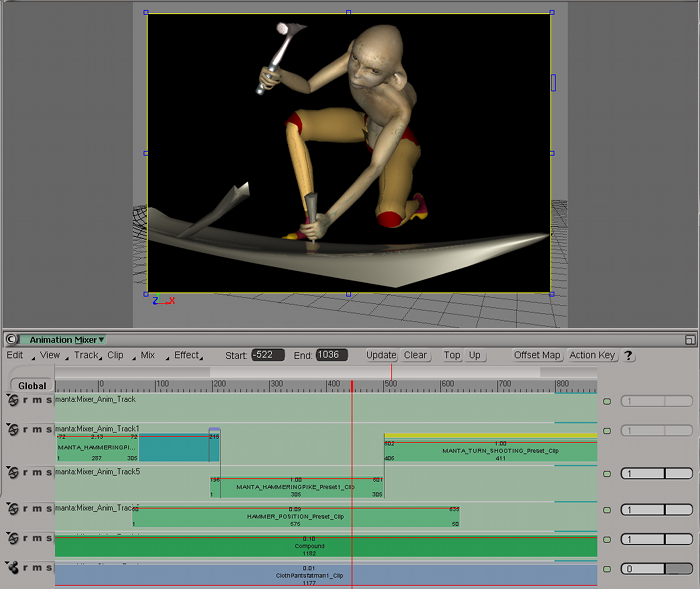
Dynamic Simulations/Secondary Animation
Dynamic simulations let you create realistic motion with natural forces acting on rigid bodies, soft bodies, cloth, hair, and particles. With simulations, you can create animation that could be difficult or time-consuming to achieve with other animation techniques.
See Simulation, Hair, and ICE Particle Simulations for more information.
